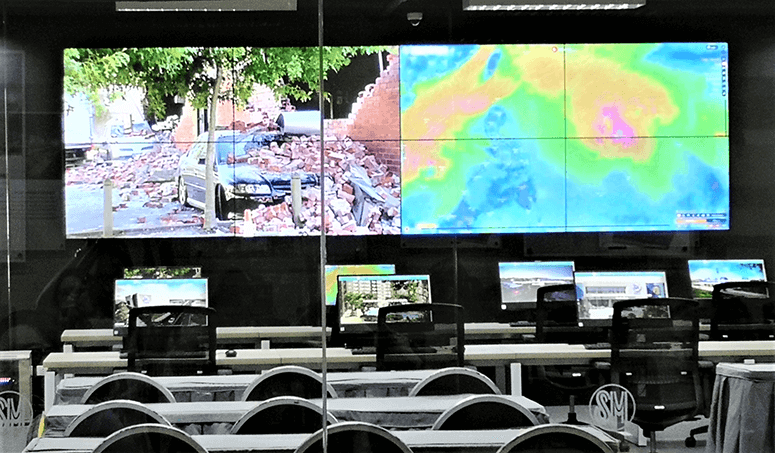Office of Civil Defense recognizes disaster resilience champions in the country
BrandedUp in partnership with SM Supermalls
In observance of National Disaster Resilience Month, the Office of Civil Defense (OCD), the implementing arm of the National Disaster Risk Reduction and Management Council headed by Undersecretary Ariel Nepomuceno, presented Certificates of Commendation to outstanding individuals who have exerted exceptional efforts to attain climate and disaster resilience for the country.
This year's The Dangal Bantayog ng Katatagan awardees are Environment and Natural Resources Secretary Maria Antonia “Toni” Yulo-Loyzaga, SM Prime Holdings Inc. executive committee chairman Hans Sy, Science and Technology Secretary Renato Solidum Jr., and Center for Disaster Preparedness president Zenaida Delica-Willison.

Sy was awarded the Dangal ng Pilipino sa Pag-agapay sa Ligtas na Sambayanan title for his outstanding leadership and dedication to the cause of climate and disaster resilience.
This honor was bestowed upon him as chairman of the executive committee of SM Prime Holdings Inc. (SMPHI), co-chair of the United Nations Disaster Risk Reduction (DRR) Private Sector Alliance for Disaster Resilient Societies or ARISE Philippines, and co-chair of the National Resilience Council for the Private Sector. Sy is the first awardee from the private sector.
At SM, 10% of the capital expenditure of every project development is allocated for resilient infrastructure. Examples of these are rainwater catchment basins and other infrastructure for flood prevention, fire prevention facilities, and for avoidance of earthquake impacts.


SM Baguio recently launched its rainwater filtration system to aid in water security.
Sy established the SM Resilience Center for centralized monitoring and offered the SM Business Continuity Plan (BCP) to Small and Medium Scale enterprise tenants in the malls. The SM BCP provides free remote data storage for essential documents that can help facilitate recovery of operations in the eventuality of a disaster.
The unwavering support of service between SMPHI and the OCD in the efficient and effective delivery of core DRRM mandates is attributed to Sy’s leadership by example. He has guided SMPHI towards the support and implementation of the Sendai Framework for Disaster Risk Reduction (SFDRR), as aligned with the United Nations Sustainability Development Goals and the Paris Climate Agreement.
Through public-private partnerships, Sy has championed Disaster Risk Reduction via the Adopt-A-City program of the National Resilience Council. This has resulted in many capacity-building activities for the partner local government units.
SM also supports multi-sector partnership projects such as climate and weather data gathering and early warning systems with the Manila Observatory’s Automated Weather Stations, 49 of which are installed on top of SM malls.
The award of Disaster Resilience Champion emphasizes that a united, multi-sectoral effort and response is the best way to achieve climate and disaster resilience.
This whole-of-society approach can address systemic risks that cut across different levels and sectors. Harmonization and inclusiveness of initiatives means the national government, local government units, private sector, academe, and civil society all work together so that information and science and technology-based interventions are aligned, and become the norm.
In a country such as ours, that’s high-risk and vulnerable to natural disasters, disaster risk reduction is so important, and it needs "champions" to lead the way, and set the benchmark for multi-sectoral cooperation.
* * *
Editor’s Note: This article was provided by SM Supermalls.



